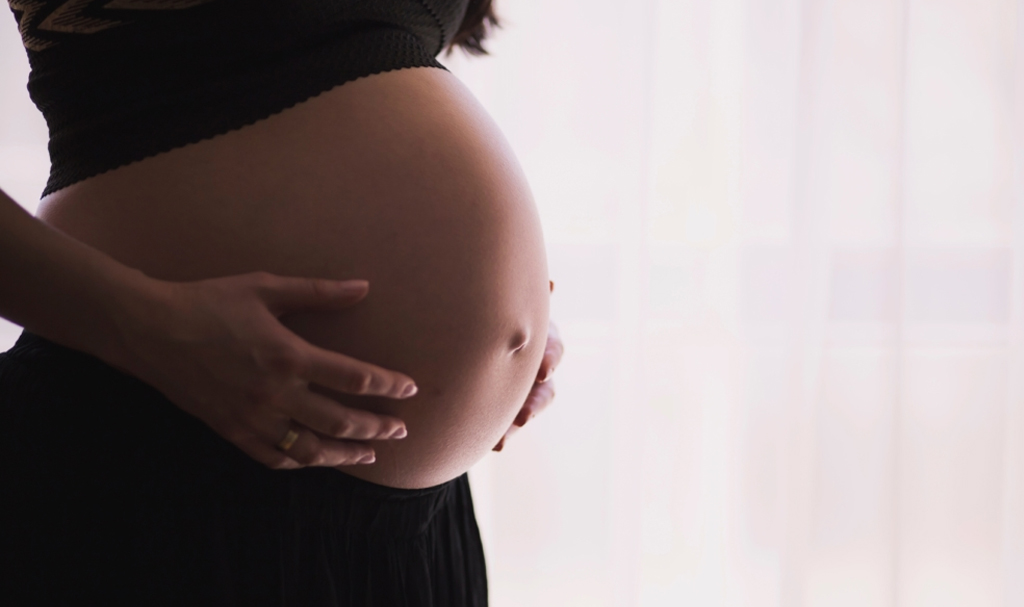Over the past few years, I’ve noticed an increase in the percentage of patients coming into the clinic with a concern of “a split abdominal muscle” or what we clinically refer to as a rectus diastasis (RD). I think part of the increase is that their is much more awareness. People are taking control of their health. Which is amazing. There are lots of resources out there for people to use, some credible and some not. With an increase in knowledge I would say comes an increase in panic. Where as before we didn’t think twice about something, now we may overthink it. I do cringe when clients come in really upset because, (with the theme of this post in mind) their abdominal wall is split and they are never going to be able to do (insert a favorite activity here). In this post I hope to explain what a rectus diastasis (RD) is, some potential causes and what we can all do to minimize the “split”.
What is a RD?
A rectus diastasis is a splitting of the rectus abdominus or “6 pack” muscles. The connective tissue that holds the 2 sides of the muscle together gets stretched and thinned. Most RD occur during and after pregnancy. 100% of pregnant women have a RD to some degree. In most of these women , the separation will heal on it’s own in the first 6-8 weeks post partum. However in some women it doesn’t. This can lead to problems transferring forces across the abdominal wall, as well as from your upper body to your lower body. A few examples would be with walking, running and lifting. If the body doesn’t transfer load well, you can develop aches and pains elsewhere (think low back, SI joint and hips) as well as urinary incontinence or pelvic organ prolapses. It’s important to understand that RD really is a symptom of a bigger biomechanical problem going on in the body. As well as the body trying to regulate pressure in the abdomen.
Why do I have a RD and she doesn’t?
Like I mentioned before, everyone has a RD while pregnant but not everyone has one after. So, why is that? There are a number of factors at play here. Everyone has a little bit different tissue make up (collagen, elastin) depending on genes and age. That you can’t change. Here is a list of things you can address:
- Posture: so very important! Normalizing posture helps to decrease the amount of pressure in the abdomen. Think of your abdomen like a big balloon. Air needs to go somewhere and it will take the path of least resistance. If you can minimize the pressure in the stomach, you can minimize the constant load on the abdominal all. Ideally you’d like your rib cage in neurtral (opening at the bottom of the cage pointing at the ground), shoulders and shoulder blades back (not aggressively) and a slight amount of abdominal engagement to maintain that position. It’s a tough position especially after carrying a baby out front for 9 months and then feeding the baby and lifting all the gear that comes along with an infant.
- Activities we choose to do: some activities create more pressure in the abdomen than others. Heavy lifting, sit ups or sit up type motions (think getting out of bed), vacuuming, shoveling snow, etc, etc, all create quite a bit of pressure. In addition, lifting while holding your breath is a big pressure builder so if you do lift, make sure to do it on an exhale!
- A deep core that isn’t working quite right: weakness, tightness, poor coordination of the deep core (pelvic floor, transverse abdominis, diaphragm and multifidi) can keep the abdominal wall separated. Making sure these muscles are working well can help heal the gap.
RD is correctable. Even if you had a baby 3 months, 3 years or 30 years ago. If you have a gap that’s bigger than 2 fingers at the navel and 1 finger width above and below the navel it could be impacting your overall function. It’s important to get assessed by a health professional trained in women’s health so you can get on the right path to getting better!




